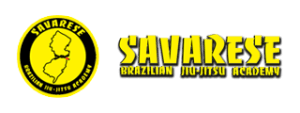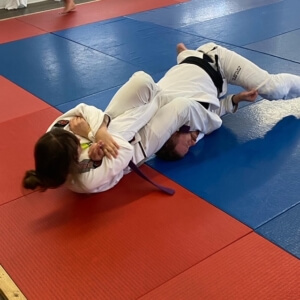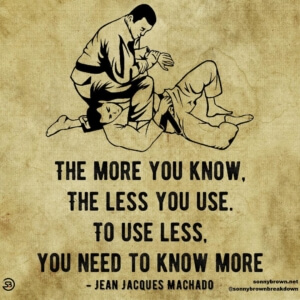Gripping and controlling hands in BJJ
Gripping and controlling hands in BJJ
Gripping and controlling hands in BJJ in an important concept to learn. Control the hands and everything else is a lot easier. When an opponent comes forward to begin passing your guard, he will generally come in and approach BEHIND their hands. Their hands will initiate contact with your lower legs somewhere between the knee and ankles, either gripping the body or the cloth of your uniform. If they establish a good working grip, they will be in the drivers seat. That’s good for them but very bad for you. Don’t just accept hands controlling your lower legs, something my instructor David Adiv taught me early in my BJJ and I pass on to my students at Savarese BJJ (www.njbjj.com). Fight to control their hands and they won’t be able to control your legs. Then YOU will be in the drivers seat. Sometime, I like to use the sleeve cuff to control my partners right hand and a foot in the bicep to control the left hand. This prevents my partner using his hands in unison, a big part of success in these situations. Learn to use your hands and feet to control his hands when working from bottom guard and watch your overall guard game take off!


